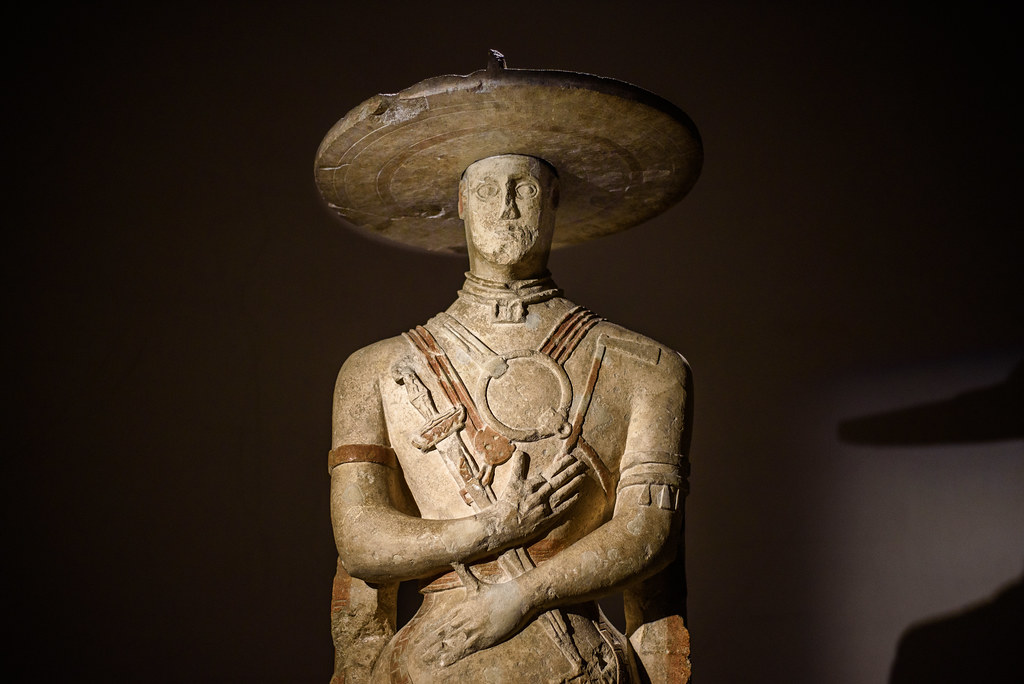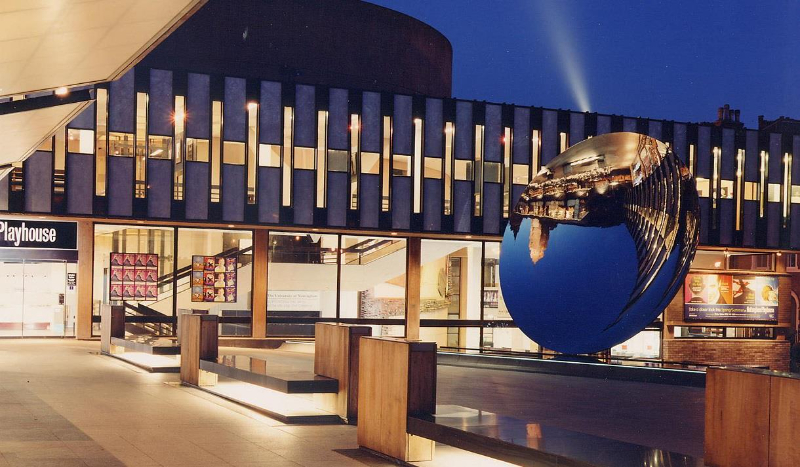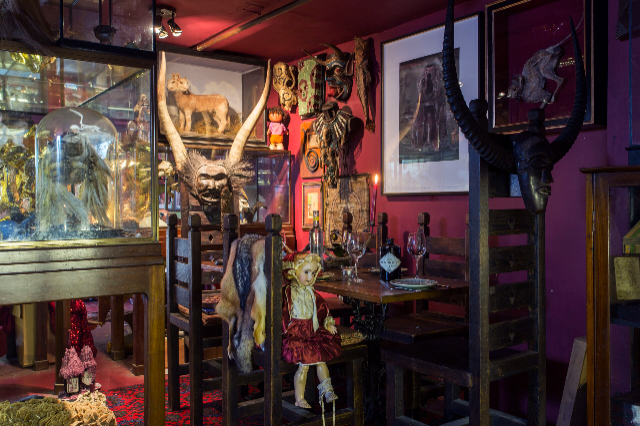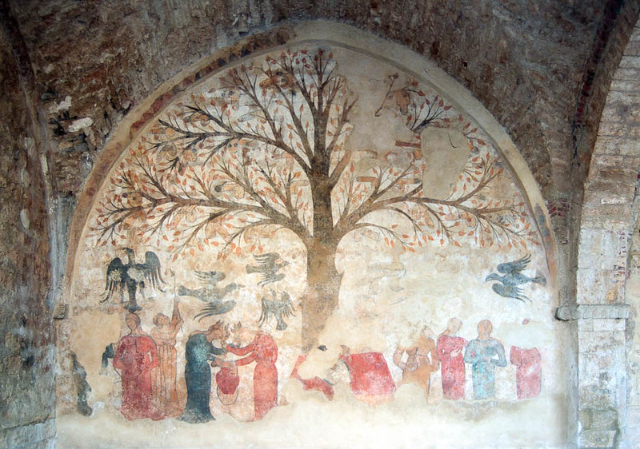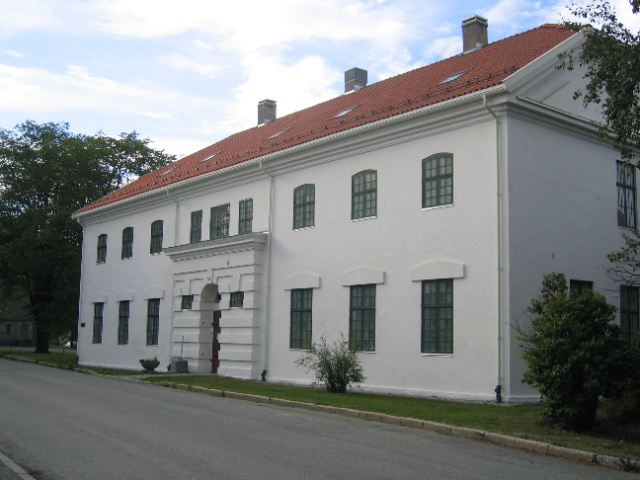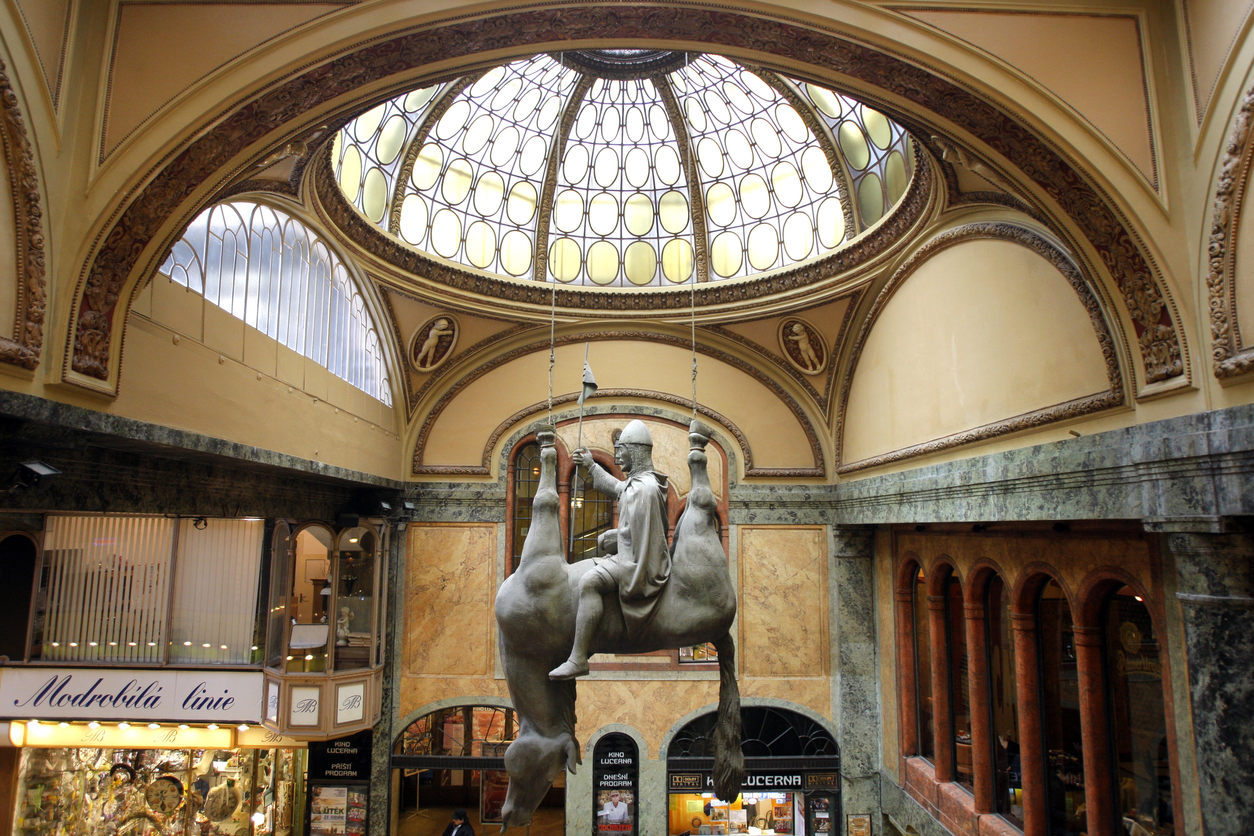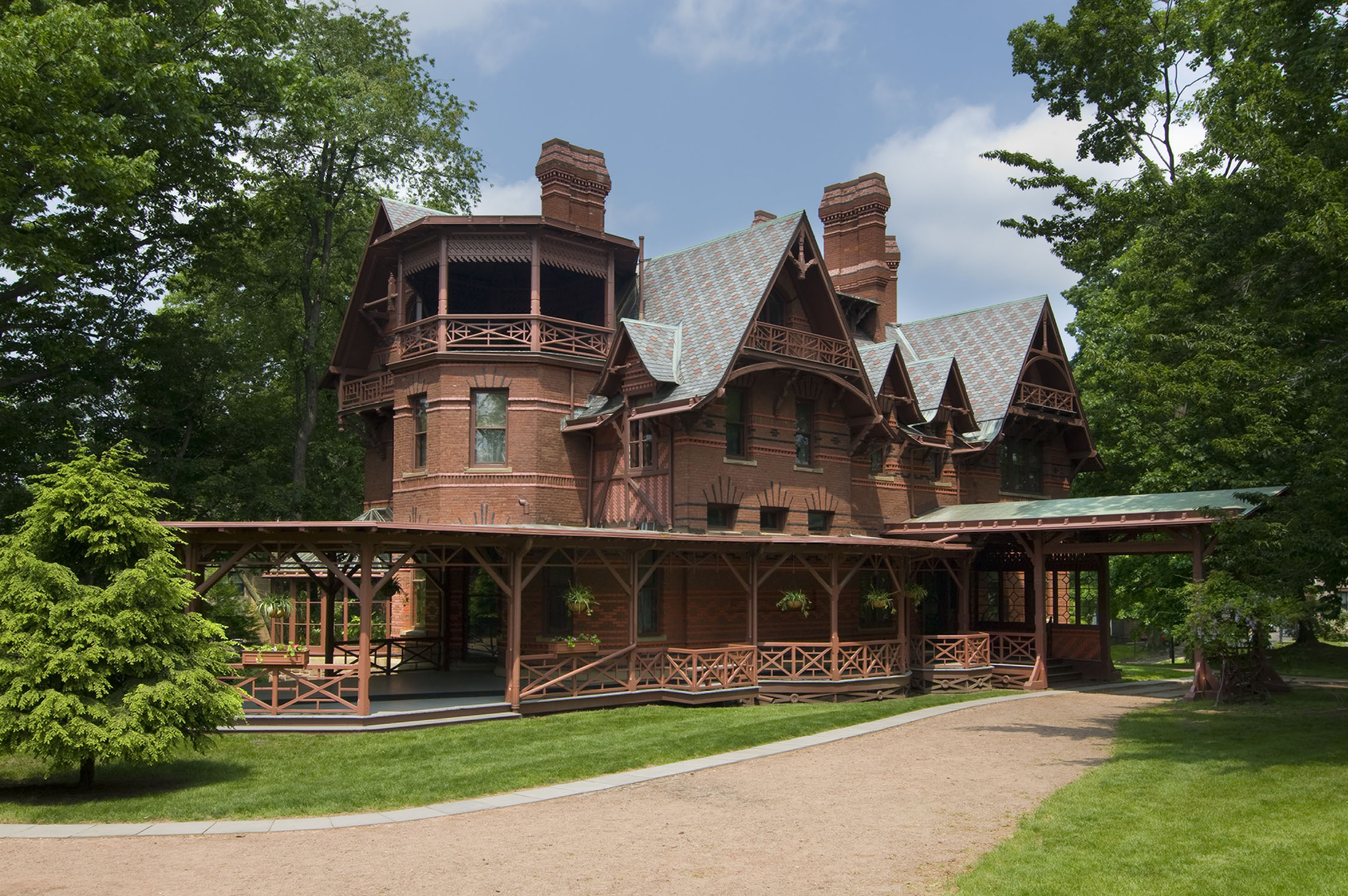When you enter the room where it is kept, in the National Archaeological Museum of Abruzzo in Chieti, you are fascinated by its grandeur. It is a statue of more than two meters, standing, adorned only by elements ‘war’, but certainly the object that strikes the attention is the huge headdress with a wide flat brim, with a diameter of about 65 cm, above which there is an element yet to be deciphered, a sort of ‘cap’ decorated with a crest of oblique feathers, stopped by parallel fins, underlined by a frieze meander.
The Capestrano Warrior came to light by chance in the summer of 1934 during the excavation of a vineyard, downstream from the village from which it takes its name. The statue was sculpted by the sculptor Aninis. The personage depicted, Nevio Pompuledio, is a man armed with a sword, knife, a pair of spears and a disc-armor, dating back to the 6th-5th century BC.
The inscription on the pillar of the statue tells us how Nevio Pompuledio was one of the last kings who governed the people of Abruzzo. The sculpture was carved from a single block of limestone and is 209 cm high, excluding the base. The headgear, from the incredible amplitude, is a hemispheric cap with a crest grafted in the center. The features of the face, are stylized for some and real protective mask or funeral for others. At the height of the heart a pair of discs, Kardiophilakes, protect the chest and back. The waist is surrounded by a wide belt divided into five bands.
The military equipment consists of: a long sword with a handle decorated with human figures arranged in two orders, with the hilt and a sheath with the figure of a couple of quadrupeds; a knife superimposed on the sword; an axe that, because of its very long handle, suggests a scepter. The shinbones must have been protected by shin guards, while the feet were protected by shoes and by braces placed under the malleolus. The dedicatory inscription is disposed vertically on a single line, to be read from the bottom to the top, with a sabellico idiom, completely similar to that one of the stele of Penna S. Andrea and very near to that umbro-osco.
